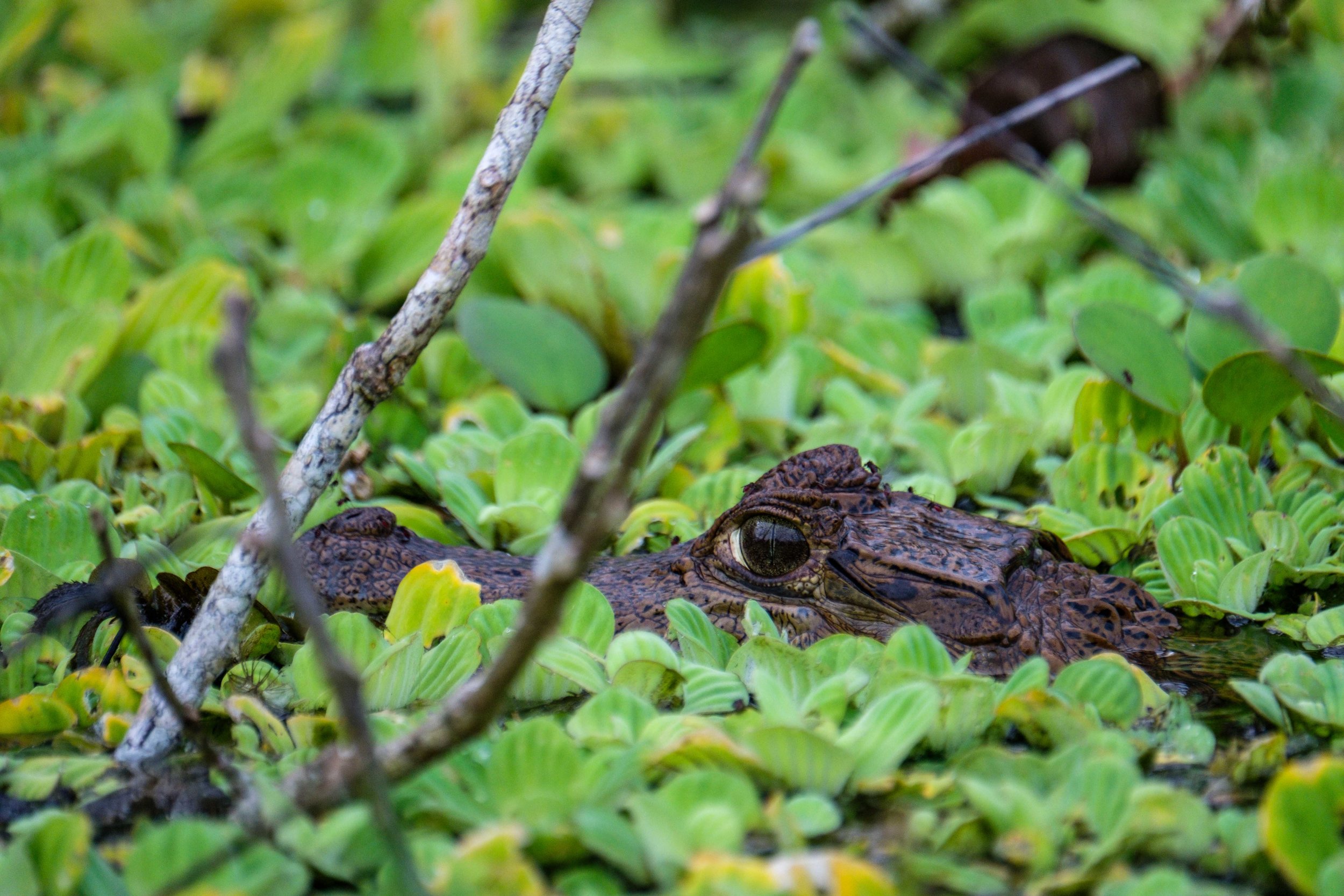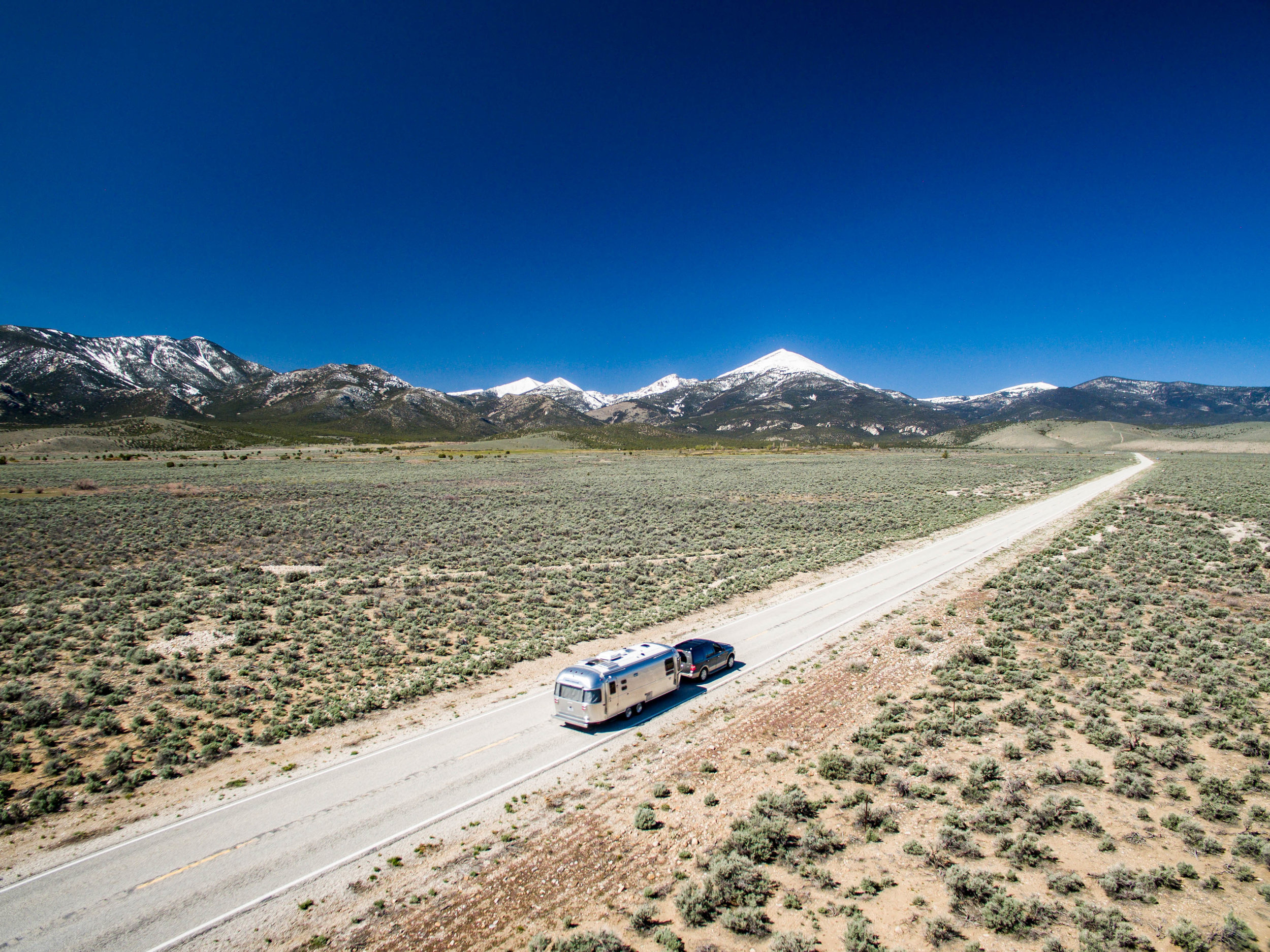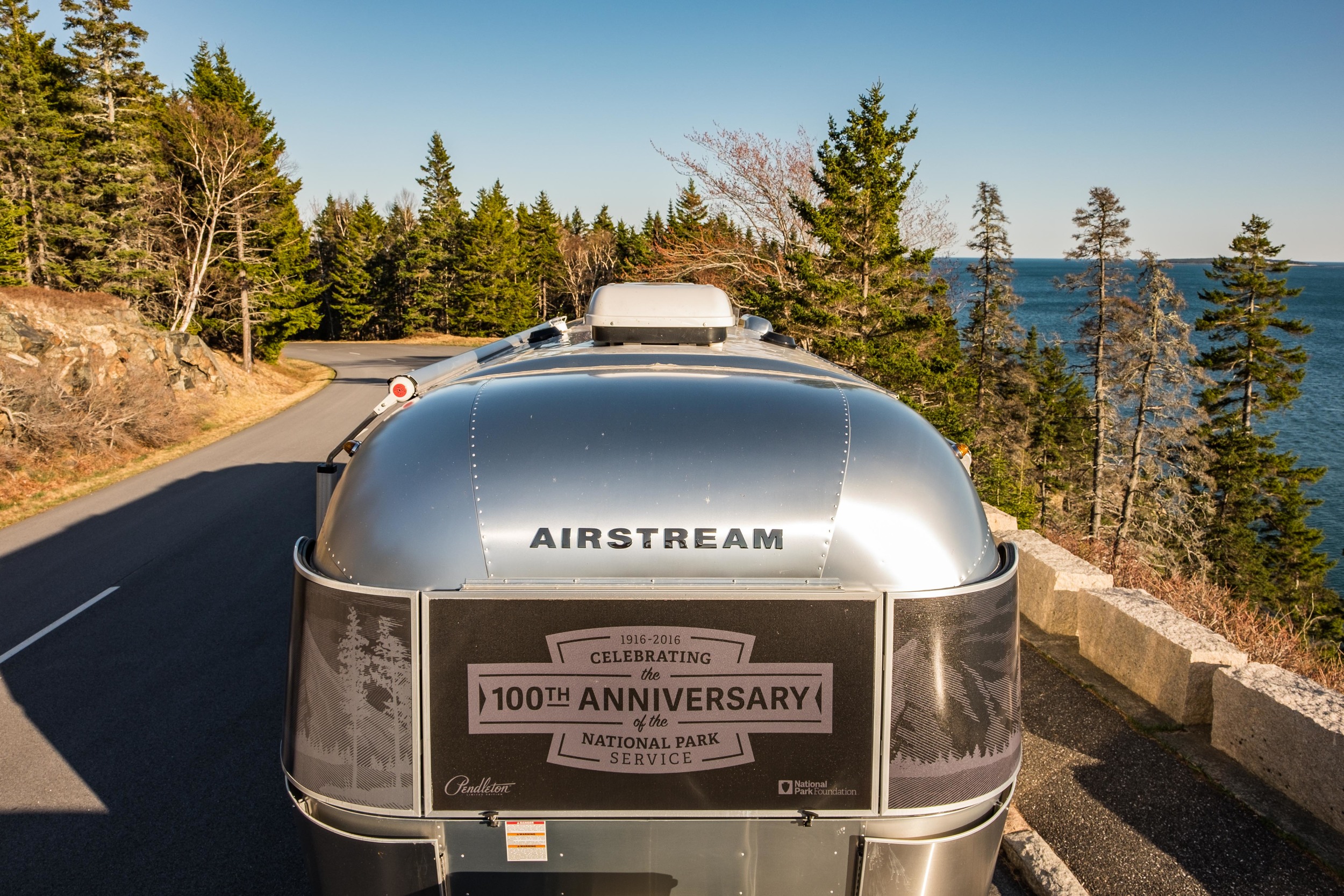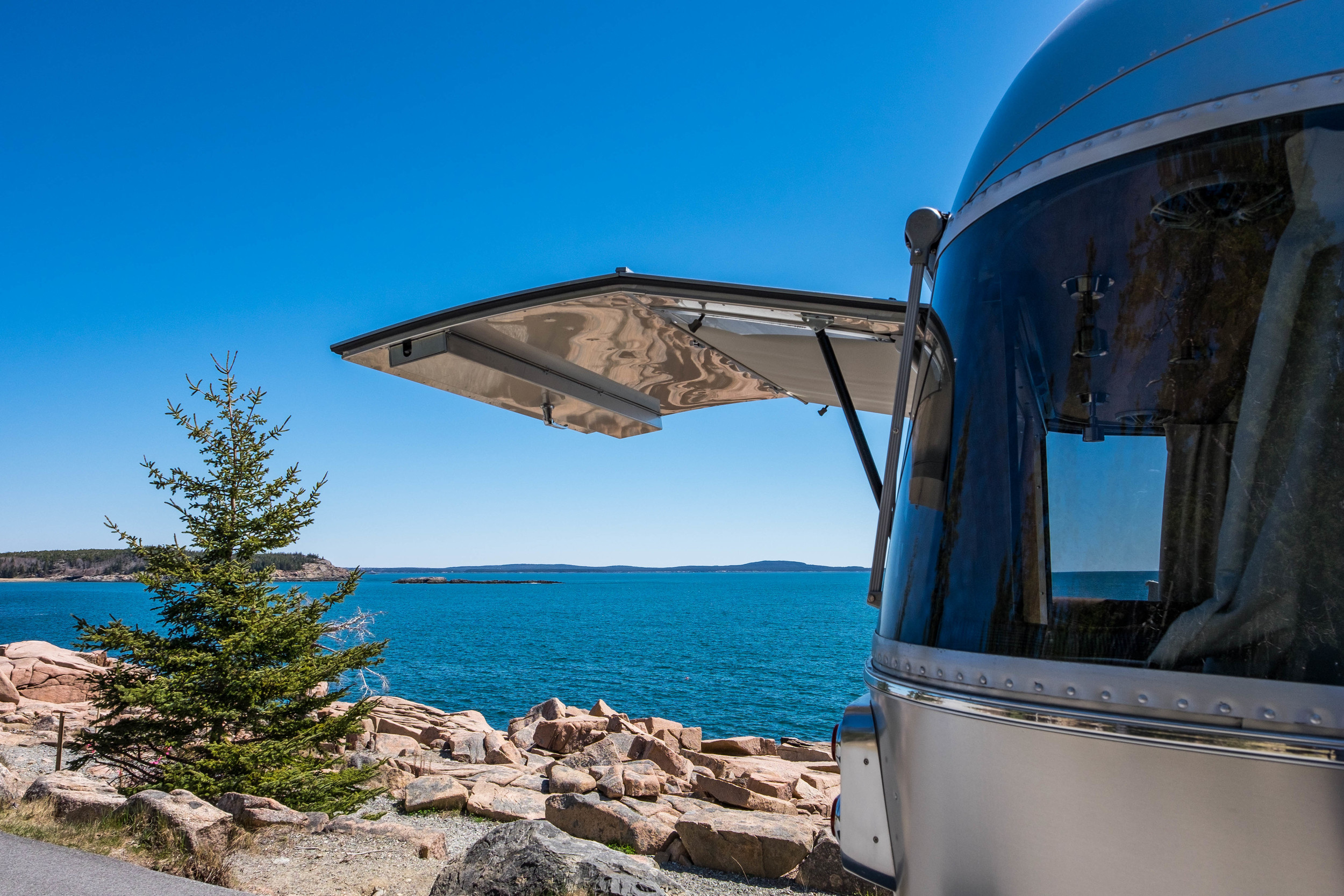For one, I found it difficult to lock onto a subject in low light while the subject (or I) was moving. This happened quite frequently in the very early morning hours, when the forests of the Amazon were dark and the birds quick to take flight as we approached in a skiff. I had to be extra careful to take the time for the initial lock-on autofocus, because if I couldn’t lock-on from the get-go, I was only able to lock on while the motion was happening about half the time. In fairness, I think this is particularly evident in low-light situations (like a dark forest canopy) while using a long telephoto lens like the XF 100-400mm. The X-T2 has come a long way with AF, but in low light situations with long telephoto lenses I think there is still some room for AF improvement. One thing that I love about Fujifilm is that they are always upgrading and improving the firmware, so I expect this to be fixed in the coming months.
I also found myself hitting the buttons on the battery grip, changing dials, more than I would like. I think this was partly my fault, as I hadn’t locked off the dials on the battery grip, but perhaps the ergonomics don’t fit my hands as well.
Lastly, although it is not necessary, I would like to see a touch screen display. Perhaps it’s just because I am used to being able to manipulate images on screens with my fingers (too much iPhone usage), but for the next iteration I’d like to see a touch screen display.
Conclusion
As a professional travel and adventure photographer, I (and my clients) hold a high standard for the gear I use in the field. The X-T2 is the camera that most closely fits my style of shooting and the demands I ask of a camera. Lightweight, weather sealed, fantastic image quality, customizable setup, beautiful design….this camera has it all. The upgrades of the AF joystick, the articulating LCD screen, the 24MP sensor, dual memory card slots, and improved Autofocus really bring the APS-C camera into the realm of the professional photographer. If this camera can handle the difficult lighting situations in the Peruvian Amazon, then it can handle pretty much any shooting situation. The X-T2 will be my go-to camera body for a long time to come.
